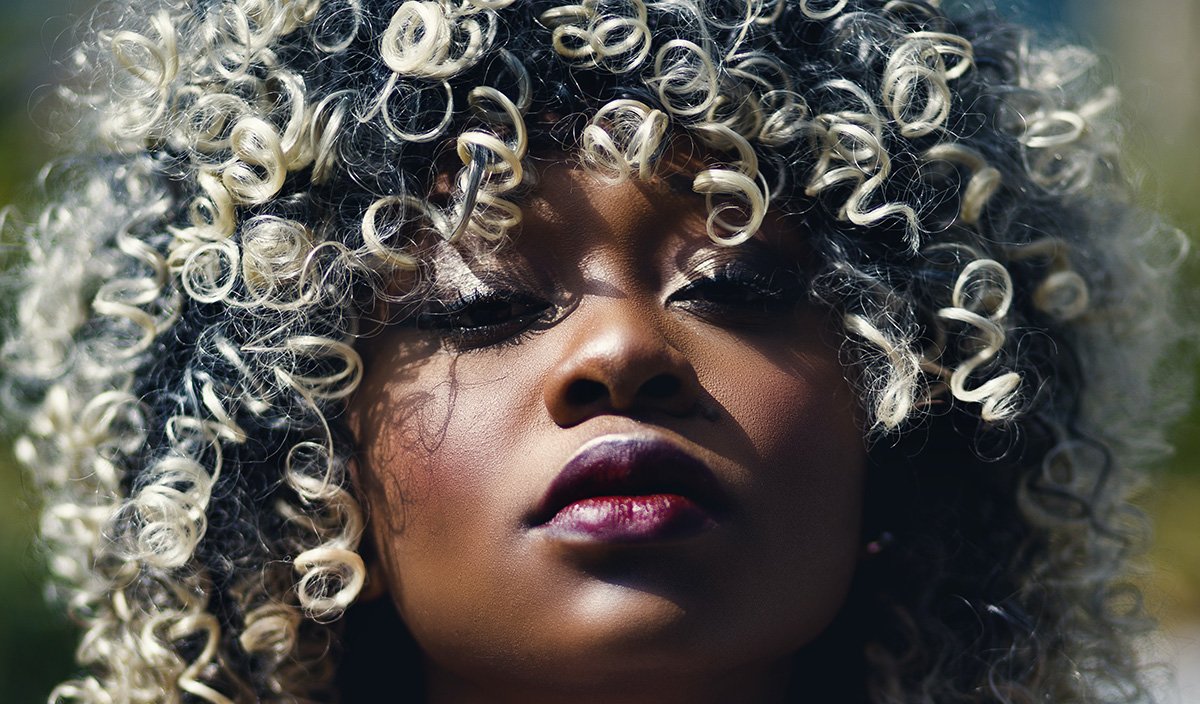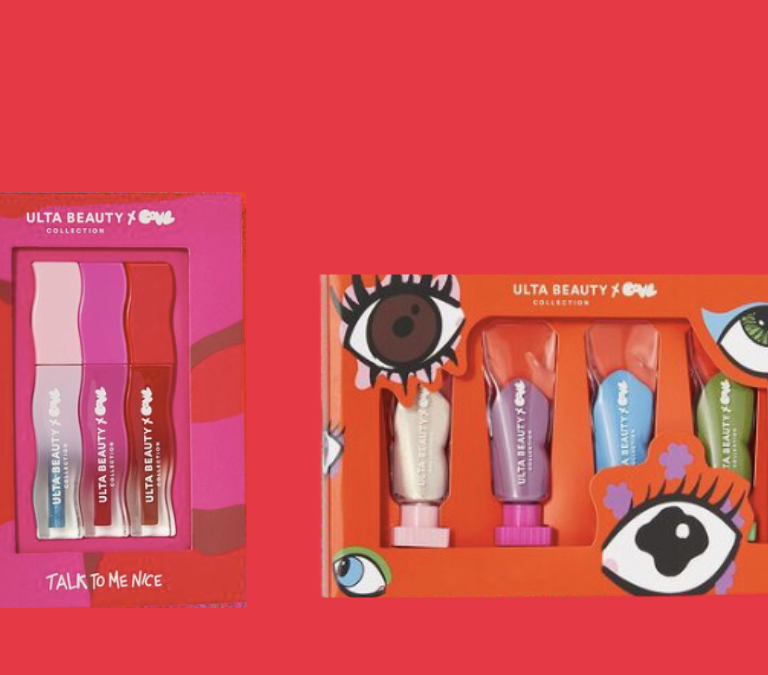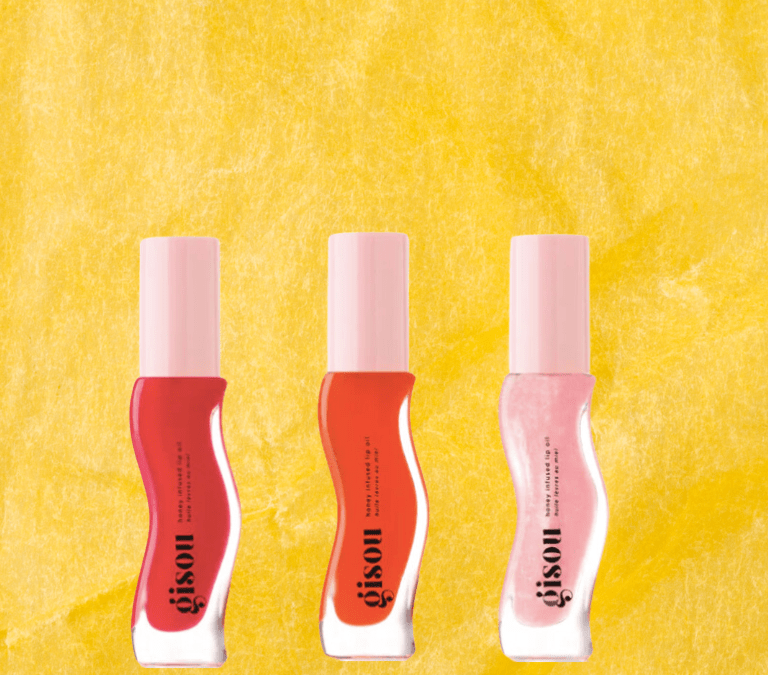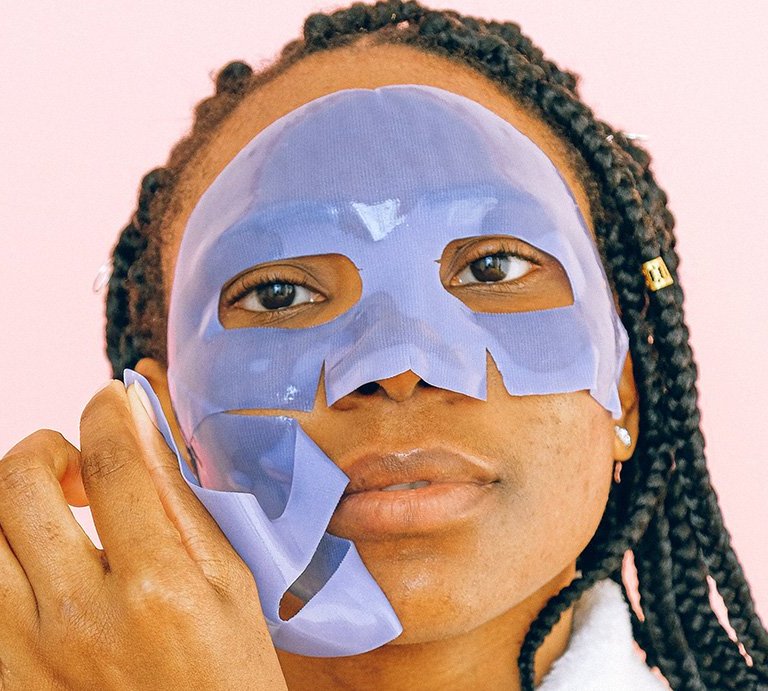
The benefits of using sunscreen go beyond just protecting your skin from sunburn. By shielding yourself from the sun’s UV rays, you’re also providing yourself with one of the best anti-agers, helping to prevent wrinkles and dark spots. Sunscreen can also help prevent DNA damage in your skin cells.
[SEE ALSO: Yes, Sis You Do Need Sunscreen]
Unfortunately, there are some confusing claims out there that suggest sunscreens are toxic and harmful. This is mostly due to a lot of misinformation about how they work. Keep reading as we break it all down.
The Sun Emits Two UV Rays Responsible for Skin Damage
Let’s remember that the sun is a giant nuclear reactor that releases three types of energy: visible light (which we perceive as light), infrared (which we perceive as heat), and ultraviolet radiation. Among these types, ultraviolet radiation (UV rays) stands out as the primary cause of skin damage, ultimately leading to premature photoaging.
The sun emits three types of UV rays. Knowing the difference between them is important to understand how sunscreen works.
- UVC: The shortest of the three wavelengths. Fortunately, this type gets filtered out by the atmosphere, allowing us to rest easy and ignore it.
- UVB: With a mid-length wavelength, UVB makes up 5% of the UV that reaches our skin. Due to its shorter wavelength compared to UVA, it only reaches the epidermis. UVB is responsible for causing sunburns and delayed tanning and is the primary culprit behind skin cancer.
- UVA: The longest among the three wavelengths, UVA accounts for 95% of the UV that reaches our skin. UVA can reach all the way down to the dermis and is responsible for deep photoaging and enhanced development of skin cancer.
How does Sunscreen work?
All sunscreen ingredients work in a relatively similar manner, regardless if it’s made out of physical or chemical ingredients. They work by absorbing harmful UVA and UVB rays, sparing your skin from direct exposure. While many believe that sunblock physically blocks the skin from the sun, it actually absorbs the UV rays and then releases a small amount of energy as heat. In fact, only a tiny amount of sunscreen is absorbed through the skin and only reaches the most superficial layers.
So now, let’s discuss some other important factors of sunscreen such as UVB protection (SPF) and UVA protection:
UVB Protection, AKA Sun-Protection Factor (SPF)
SPF stands for Sun Protection Factor and indicates how much UVB radiation your skin can withstand before getting a sunburn while using sunscreen. SPF 15 actually means that, when properly applied, it only allows 1/15th, or about 7%, of UVB through. This means that an SPF 15 sunscreen blocks roughly 93% of UVB, while an SPF 30 sunscreen blocks about 97% of UVB and SPF 50 blocks about 98%. This is why the label “SPF 100” is banned in the EU due to the misleading insinuation that it can block 100% of UV light when it isn’t true.
One thing to note is that SPF doesn’t take into account the time a person is exposed to UVB radiation. When we consider the time of exposure, studies indicate that sun protection doubles when you increase the SPF value.
What does this translate to in practical terms? For daily use, you should choose a product with an SPF rating between 30 and 50. This range hits the ideal balance between providing adequate protection for a longer time. When hitting the beach, opt for sunscreen with an SPF closer to 70.
UVA Protection
SPF only covers a part of the equation, as it addresses just the UVB segment of the rays. Proper protection from longer-wavelength UVA rays is also necessary. Even though these rays don’t cause skin burns, they actually penetrate deeper into the skin and are the primary cause of photoaging.
In the U.S., look for the term “broad spectrum” on your sunscreen to ensure it has been tested for UVA protection as well. While SPF is fairly universal, different labels for UVA protection exist globally. Japan uses a PA system, which ranks UVA protection from PA+ up to PA++++. This system is also used in other countries worldwide. In the EU, to get a UVA label, a sunscreen must provide UVA protection similar to that of a PA+++ sunscreen.
Overall, regardless of the type of sunscreen you prefer, don’t forget to check if they protect you from both UVA and UVB and apply them in adequate quantities to ensure proper sun protection.
Do you wear sunscreen everyday? Let us know in the comment section!



